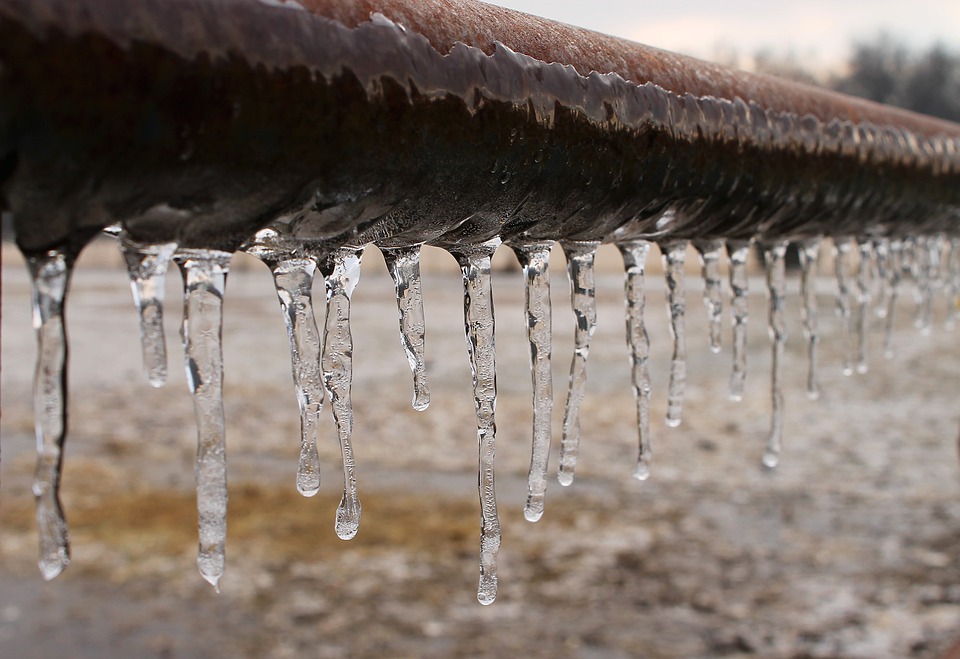Tips for Preventing Frozen Pipes in Winter: Expert Tips
ServicesJust how do you feel in regards to How to prepare your home plumbing for winter weather?

Winter can wreak havoc on your pipes, especially by freezing pipelines. Right here's exactly how to prevent it from taking place and what to do if it does.
Introduction
As temperatures decline, the threat of frozen pipes rises, possibly resulting in expensive repairs and water damages. Comprehending exactly how to prevent icy pipes is vital for property owners in cool climates.
Prevention Tips
Protecting at risk pipes
Wrap pipelines in insulation sleeves or use warmth tape to secure them from freezing temperature levels. Focus on pipes in unheated or outside areas of the home.
Home heating techniques
Keep indoor areas properly warmed, particularly areas with pipes. Open up cupboard doors to enable cozy air to circulate around pipelines under sinks.
Exactly how to determine frozen pipes
Seek lowered water circulation from faucets, unusual smells or sounds from pipelines, and visible frost on exposed pipes.
Long-Term Solutions
Structural adjustments
Consider rerouting pipelines far from exterior walls or unheated areas. Add extra insulation to attic rooms, basements, and crawl spaces.
Upgrading insulation
Purchase premium insulation for pipes, attics, and walls. Appropriate insulation assists maintain regular temperature levels and lowers the threat of icy pipelines.
Protecting Outdoor Plumbing
Garden hose pipes and exterior taps
Separate and drain garden hose pipes prior to winter months. Mount frost-proof spigots or cover outdoor faucets with protected caps.
Comprehending Frozen Pipelines
What causes pipelines to freeze?
Pipelines freeze when exposed to temperatures below 32 ° F (0 ° C) for expanded periods. As water inside the pipelines freezes, it expands, putting pressure on the pipeline walls and potentially causing them to burst.
Risks and damages
Frozen pipelines can bring about water system interruptions, property damages, and costly fixings. Burst pipes can flood homes and cause comprehensive architectural damages.
Signs of Frozen Pipeline
Recognizing frozen pipes early can prevent them from rupturing.
What to Do If Your Pipelines Freeze
Immediate actions to take
If you believe icy pipes, maintain taps open up to soothe stress as the ice melts. Make use of a hairdryer or towels soaked in warm water to thaw pipes gradually.
Conclusion
Avoiding frozen pipes calls for aggressive steps and quick reactions. By comprehending the causes, indicators, and safety nets, home owners can shield their plumbing throughout cold weather.
5 Ways to Prevent Frozen Pipes
Drain Outdoor Faucets and Disconnect Hoses
First, close the shut-off valve that controls the flow of water in the pipe to your outdoor faucet. Then, head outside to disconnect and drain your hose and open the outdoor faucet to allow the water to completely drain out of the line. Turn off the faucet when done. Finally, head back to the shut-off valve and drain the remaining water inside the pipe into a bucket or container. Additionally, if you have a home irrigation system, you should consider hiring an expert to clear the system of water each year.
Insulate Pipes
One of the best and most cost-effective methods for preventing frozen water pipes is to wrap your pipes with insulation. This is especially important for areas in your home that aren’t exposed to heat, such as an attic. We suggest using foam sleeves, which can typically be found at your local hardware store.
Keep Heat Running at 65
Your pipes are located inside your walls, and the temperature there is much colder than the rest of the house. To prevent your pipes from freezing, The Insurance Information Institute suggests that you keep your home heated to at least 65 degrees, even when traveling. You may want to invest in smart devices that can keep an eye on the temperature in your home while you’re away.
Leave Water Dripping
Moving water — even a small trickle — can prevent ice from forming inside your pipes. When freezing temps are imminent, start a drip of water from all faucets that serve exposed pipes. Leaving a few faucets running will also help relieve pressure inside the pipes and help prevent a rupture if the water inside freezes.
Open Cupboard Doors
Warm your kitchen and bathroom pipes by opening cupboards and vanities. You should also leave your interior doors ajar to help warm air circulate evenly throughout your home.

Do you really like reading about How to Prevent Your Pipes From Freezing? Make a remark down the page. We would be pleased to listen to your reactions about this post. We hope to see you back again in the near future. Sharing is caring. Helping others is fun. Thanks a bunch for your time. Come back soon.
Call Today